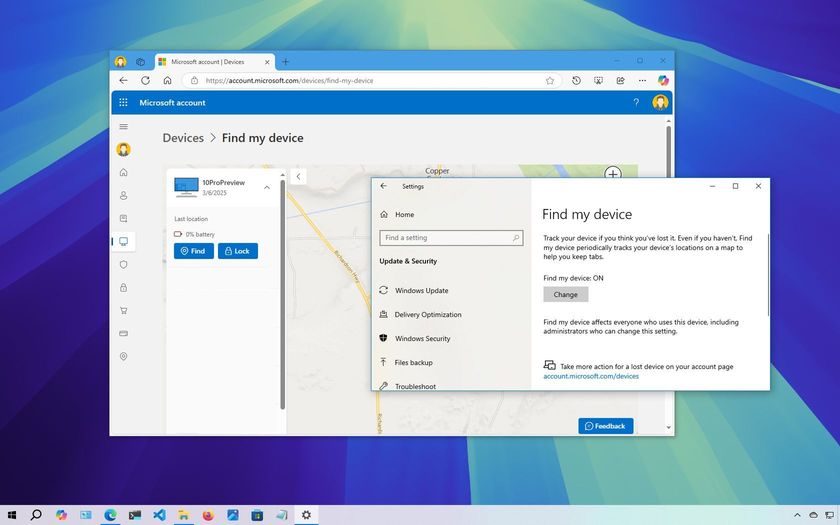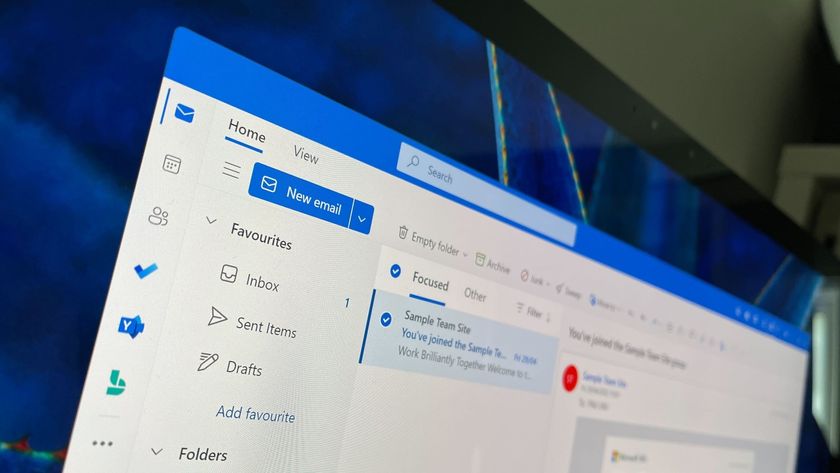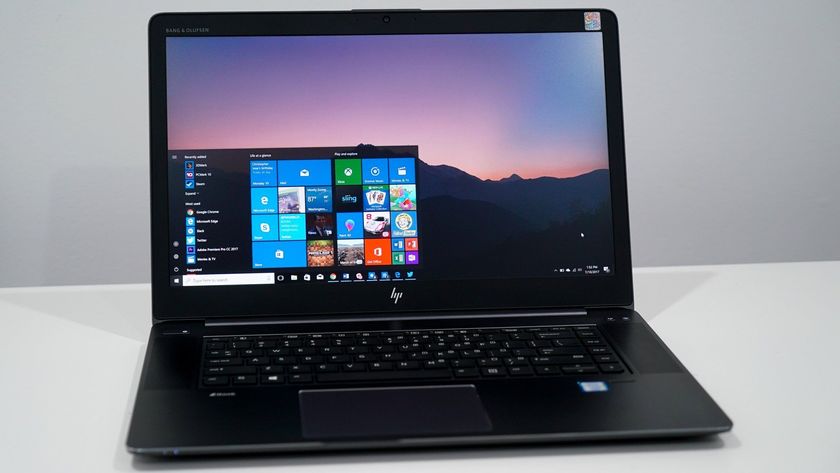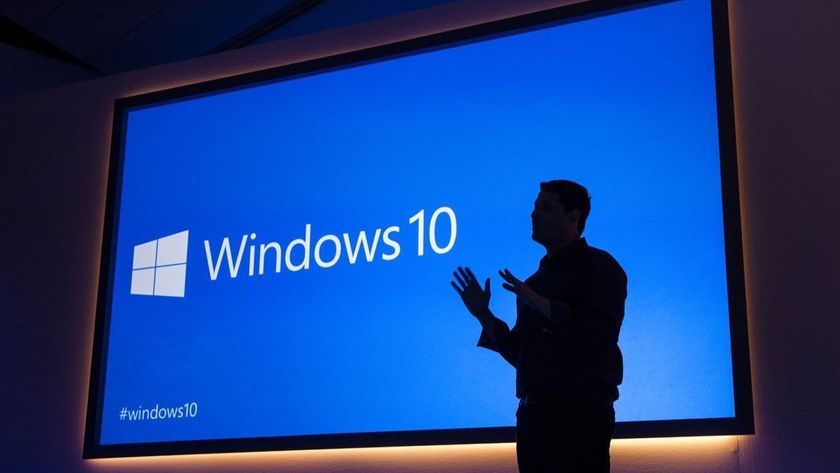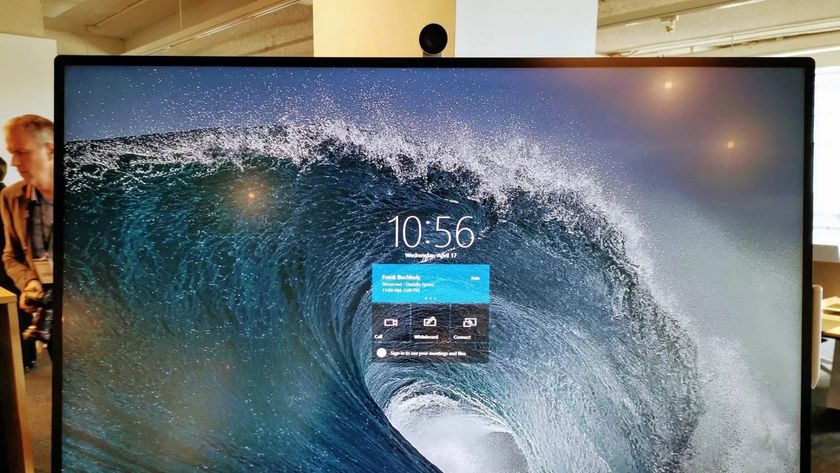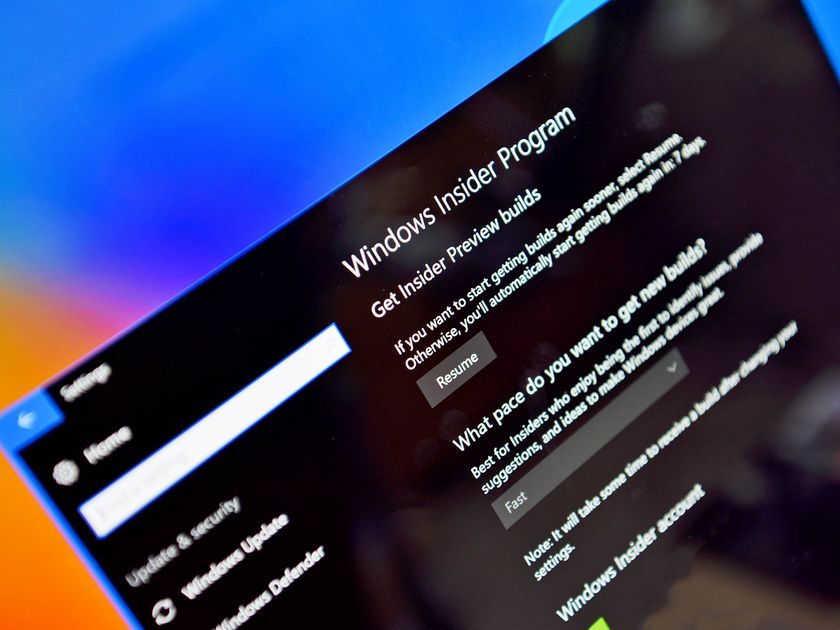How to schedule Windows Update installations in Windows 10 Pro
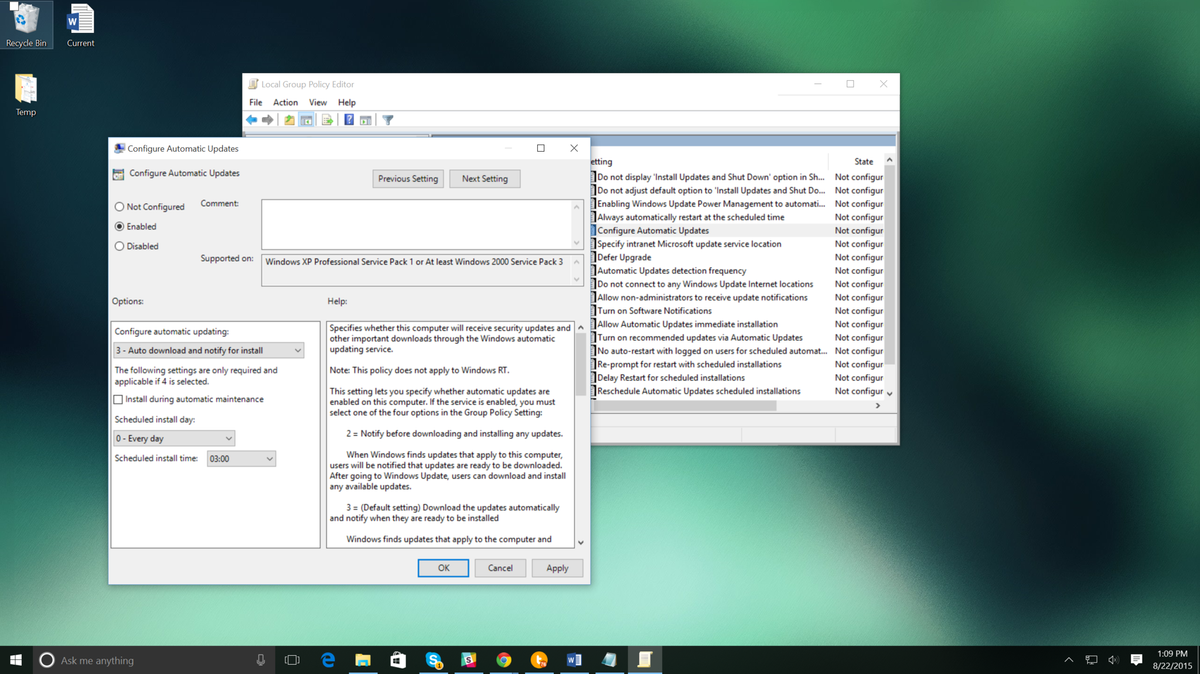
Yesterday, I showed you how to turn off Windows Update Delivery Optimization (WUDO) in case you were on a metered connection.
Today, I am going to show you how to schedule the automatic download and installation of Windows Updates based on your timetable. Indeed, there are three options, including just being notified of an update without download or installation. The trick is using a hidden tool called Local Group Policy Editor.
Note, this only works on Windows 10 Pro releases and not for Home licenses. Sorry! Need to upgrade? Read our how to upgrade to Pro tutorial!
Prelude
Before we get started let me break down what this tool enables. There are three very specific scenarios that differ from the default automatic download and installation of Windows Updates. These options are good for those with unique circumstances. For instance, 'jamearl' in comments explained why he wanted scheduled updates:
"…what I really need is the ability to set a time of day (0200-0500 am) as time for the system to update. During this time, I have unlimited data with much higher speeds. As I live in a rural area and limited to satellite internet, this is the only option I currently have. Otherwise, I would use LTE with a higher data plan if I could be a solid LTE signal."
Although a rare situation, there are likely other people with similar conditions. If you fall into your camp, here are the three options you can choose from when using the Local Group Policy Editor. They are starting at number 2 because the default method on all Windows 10 PCs is technically number 1.
Local Group Policy Editor Options
2. Notify before downloading and installing any updates.
"When Windows finds updates that apply to this computer, users will be notified that updates are ready to be downloaded. After going to Windows Update, users can download and install any available updates."
3. Download the updates automatically and notify when they are ready to be installed
"Windows finds updates that apply to the computer and downloads them in the background (the user is not notified or interrupted during this process). When the downloads are complete, users will be notified that they are ready to install. After going to Windows Update, users can install them."
4. Automatically download updates and install them on the schedule specified below.
"Specify the schedule using the options in the Group Policy Setting. If no schedule is specified, the default schedule for all installations will be every day at 3:00 AM. If any updates require a restart to complete the installation, Windows will restart the computer automatically. (If a user is signed into the computer when Windows is ready to restart, the user will be notified and given the option to delay the restart.)"
The number 2 option – notify before downloading and installing updates – is ideal for those on a metered connection or who just do not trust Windows Update, for whatever intention. This option could also solve the user above's problem who is on a satellite connection.
Number 4 though is the most interesting as this will download the updates but only install them on a specific schedule. In other words, the PC will grab the updates but won't install them until the time specified. This option is ideal for admins, obviously, who want to have updates installed in off-hours when employees are not using the computers. Indeed, there is a 5th option too that cedes all power to a local admin.
Get the Windows Central Newsletter
All the latest news, reviews, and guides for Windows and Xbox diehards.
Of course, the real power here is that you can think of your unique situation where these options may be useful. Feel free to share your circumstances in comments for others.
Note, we have not actually tested these options ourselves due to the difficulty in waiting for an update. However, we see no reason this tool no longer works (they carry-overs from previous Windows releases are not in any way new ).
Let's go!
How to schedule Windows Updates
1. Launch Local Group Policy Editor
Type (or copy/paste) gpedit.msc into the Cortana/search bar or use Win + R and paste in gpedit.msc into the Run entry box

2. Navigate
Using the Local Group Policy Editor navigate to Computer Configuration\Administrative Templates\Windows Components\Windows Update
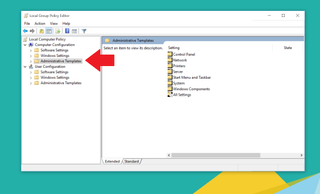
3. Double-Click
Double-Click Configure Automatic Updates to open the configuration window

4. Choose your destiny
The console is quite clear on what are your choices. These were detailed above in the prelude section. First you need to choose Enabled in the upper left corner as it is Not Configured by default. Once Enabled the Options section becomes active. You can now choose which policy you want to enable.

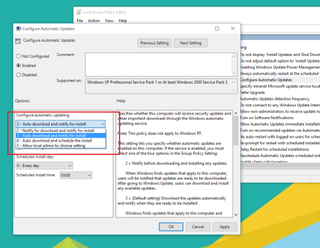
5. Date Time
If you are using option #4, you can also select the day and exact time you want the updates installed. Note that the time and day options are only applicable to option #4 as the other options are just notifications for installations. Once completed you can hit Apply to make sure the setting takes and then hit OK to exit the window.


That's it!
As mentioned earlier, I have not personally tried these scenarios so hopefully it works out for you. Obviously the majority of users on a dedicated connection do not need these alternatives, but they are good to know for rare situations like the one mentioned earlier.
Let us know in comments how you would use these and if they work for you!
Big thanks to Daniel Gilbert M. for the tip!
More Resources
Remember that we have many other articles on Windows 10, if you need help you always check these other resources:

Daniel Rubino is the Editor-in-chief of Windows Central. He is also the head reviewer, podcast co-host, and analyst. He has been covering Microsoft since 2007 when this site was called WMExperts (and later Windows Phone Central). His interests include Windows, laptops, next-gen computing, and wearable tech. He has reviewed laptops for over 10 years and is particularly fond of 2-in-1 convertibles, Arm64 processors, new form factors, and thin-and-light PCs. Before all this tech stuff, he worked on a Ph.D. in linguistics, performed polysomnographs in NYC, and was a motion-picture operator for 17 years.
